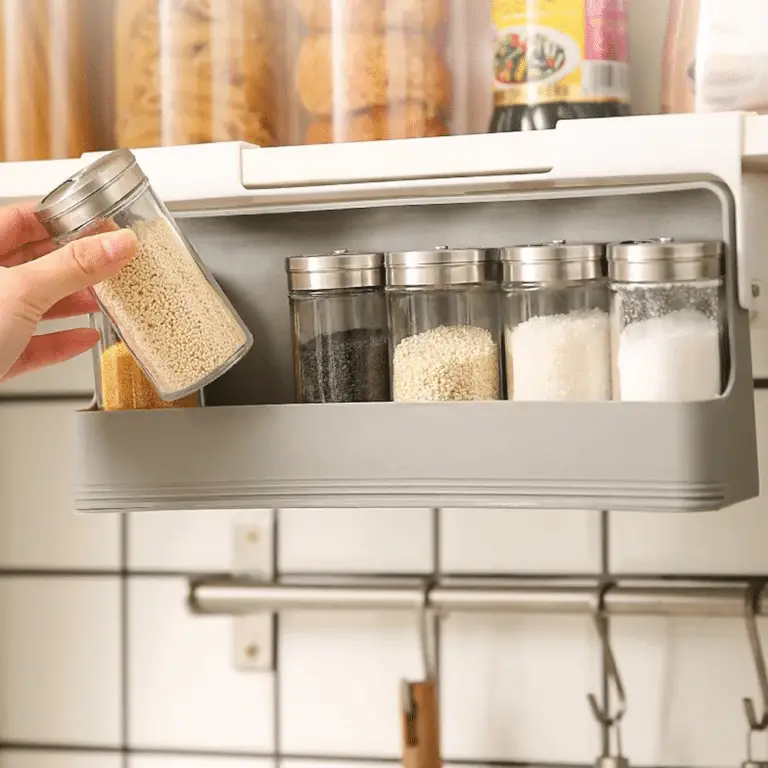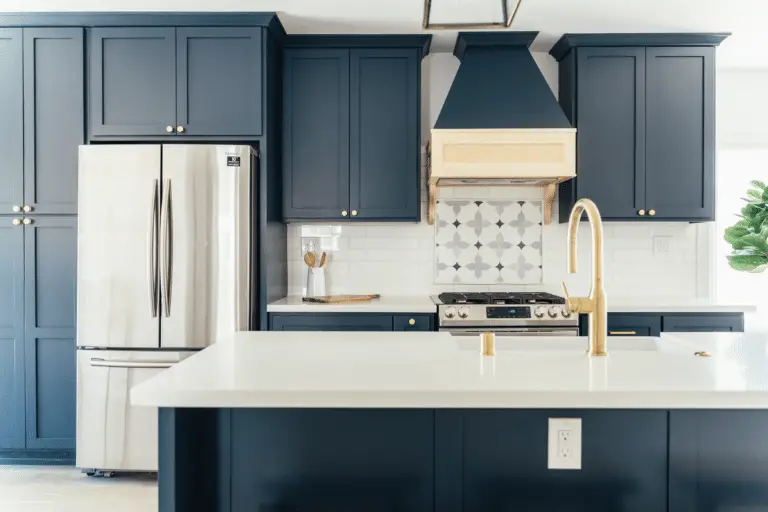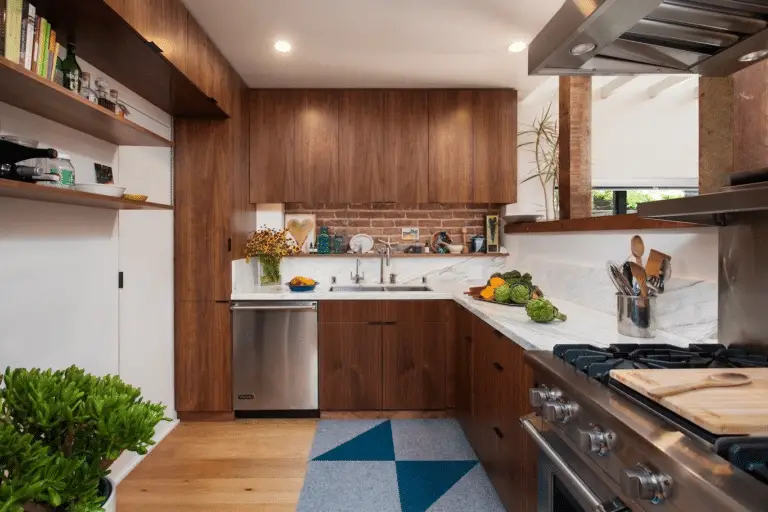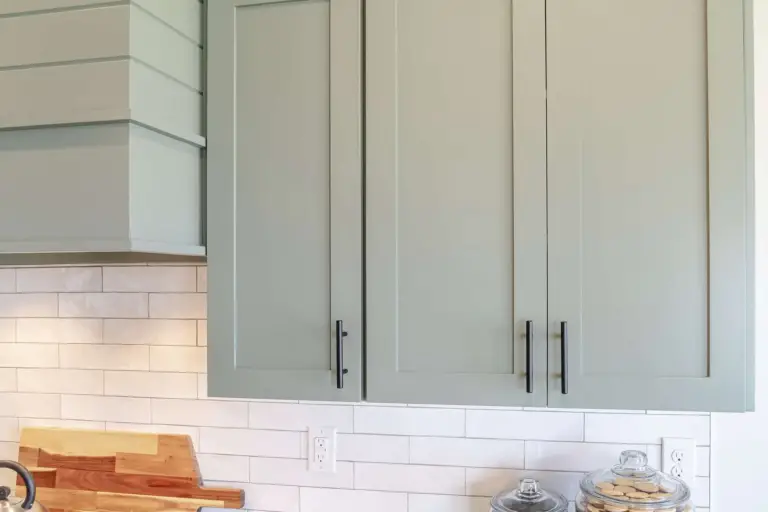Hey foodies! Let’s chop it up about butcher blocks and cutting boards. From sizes to thickness, we’ll explore how these kitchen staples play a crucial role in your culinary adventures. Learn how to choose the perfect board for your needs and discover maintenance tips to keep it in tip-top shape.
Get ready to slice and dice like a pro with the right size and thickness options for butcher blocks and cutting boards!
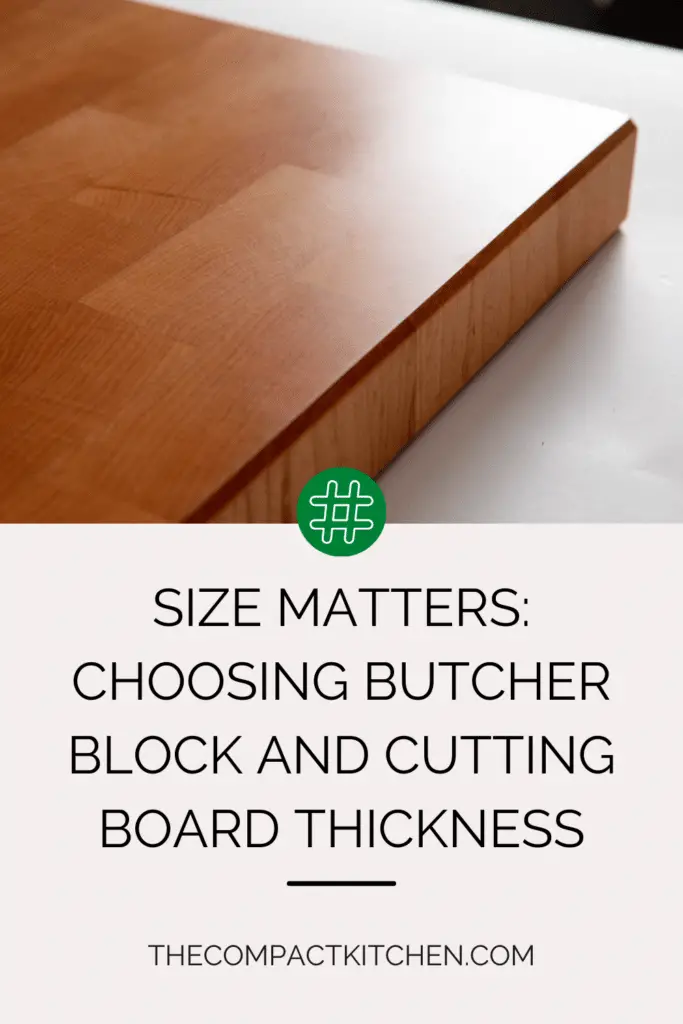
Introduction to Butcher Blocks and Cutting Boards
When it comes to outfitting your kitchen with the right tools, butcher blocks and cutting boards are essential items that play a crucial role in food preparation. Whether you are a culinary enthusiast or a professional chef, having the right size, thickness, and material of these kitchen accessories can make a big difference in your cooking experience.
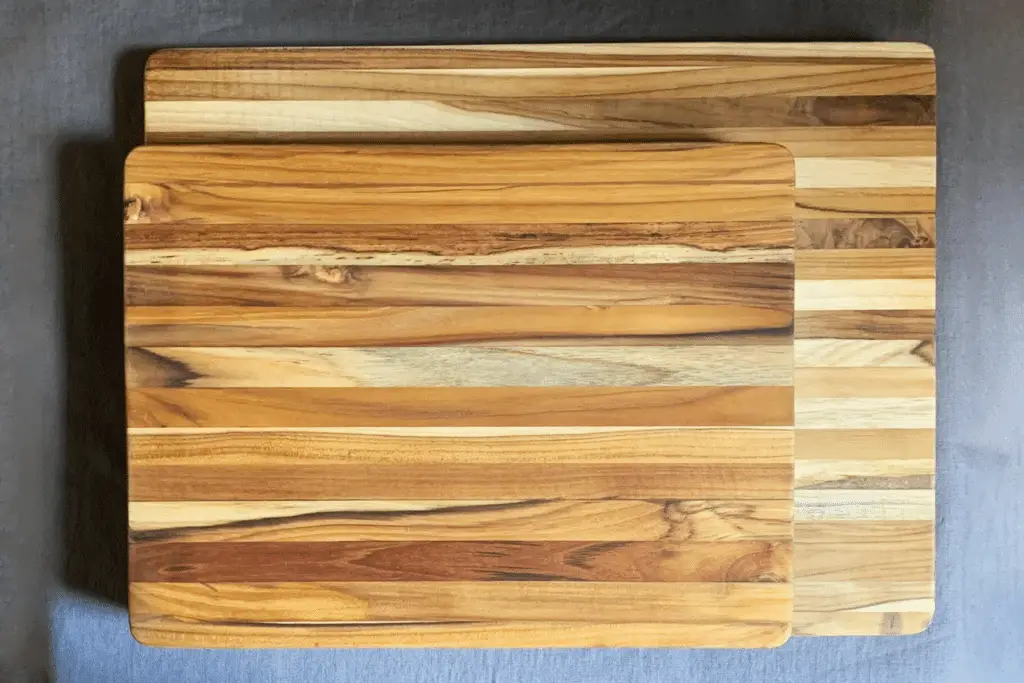
Butcher blocks and cutting boards are not just simple tools for chopping and slicing; they are versatile surfaces that protect your countertops and knives while providing a sturdy base for your cutting tasks. Understanding how to choose the right size and thickness for your specific needs can greatly enhance your efficiency in the kitchen.
Key Takeaways:
- Butcher blocks and cutting boards are essential tools in any kitchen, whether at home or in a commercial setting.
- Size, thickness, and material are key considerations when selecting the right board for your cooking needs.
- Choosing the appropriate size and thickness can impact the functionality, durability, and ease of use of the board.
Exploring Size Options for Butcher Blocks and Cutting Boards
When it comes to selecting the perfect butcher block or cutting board for your kitchen, size matters. Understanding the different size options available can help you make the right choice based on your culinary needs and available space. Let’s explore the various size options for butcher blocks and cutting boards and how they can impact functionality and durability.
Standard Sizes and Typical Uses
Standard sizes for butcher blocks and cutting boards can vary depending on the manufacturer, but there are some common dimensions that you can expect to find. For example, a standard butcher block might measure around 24 inches by 18 inches, while a cutting board could range from 12 inches by 18 inches to 20 inches by 30 inches. These sizes are popular for their versatility in handling different types of food preparation tasks.
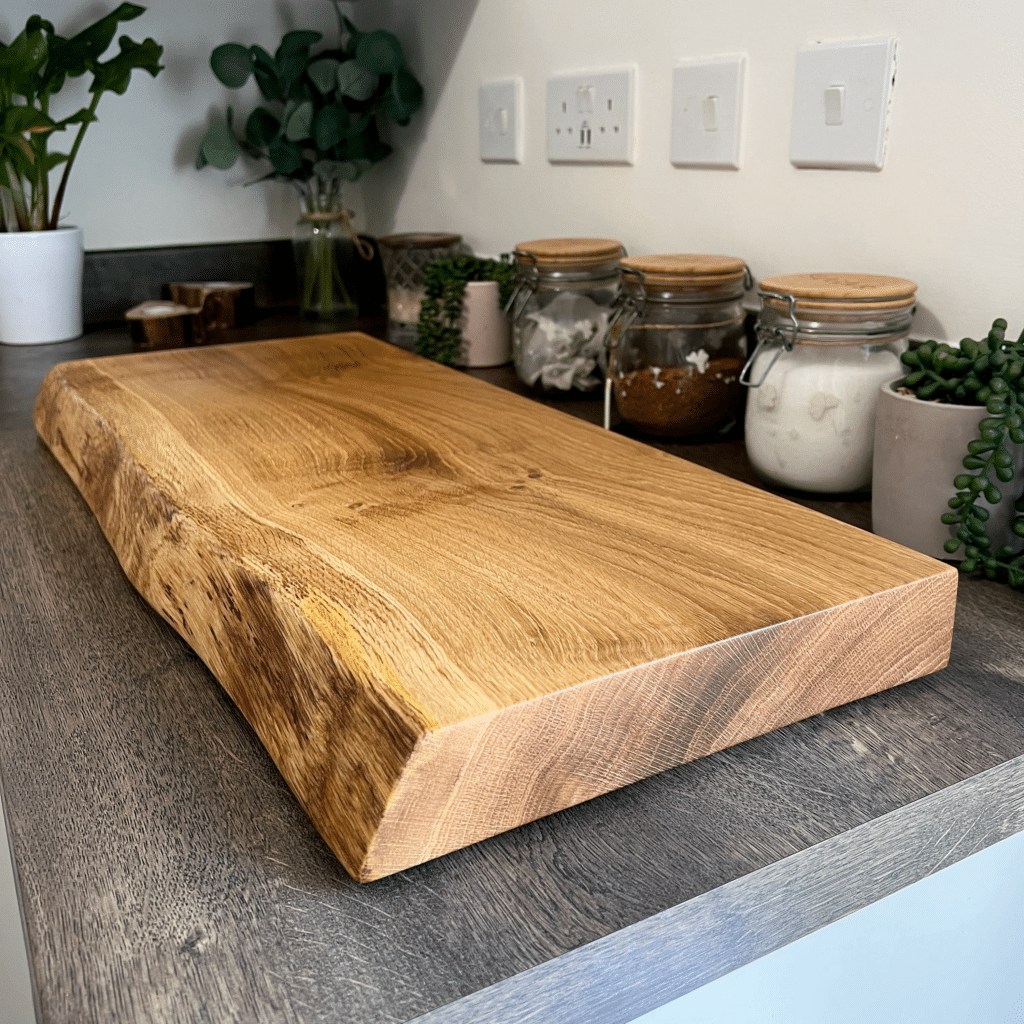
Butcher blocks in larger sizes are often preferred for heavy-duty chopping and slicing, making them ideal for professional kitchens or home cooks who frequently prepare large quantities of food. On the other hand, smaller cutting boards are great for everyday tasks like chopping herbs or slicing fruits and vegetables. Choosing the right size can enhance your cooking experience and make meal prep more efficient.
Functionality and Durability
When considering size options for butcher blocks and cutting boards, it’s essential to think about how they will be used in your kitchen. A larger board provides more surface area for cutting and chopping, allowing you to work with larger cuts of meat or multiple ingredients at once. However, a bigger board may also take up more space on your countertop or storage area.
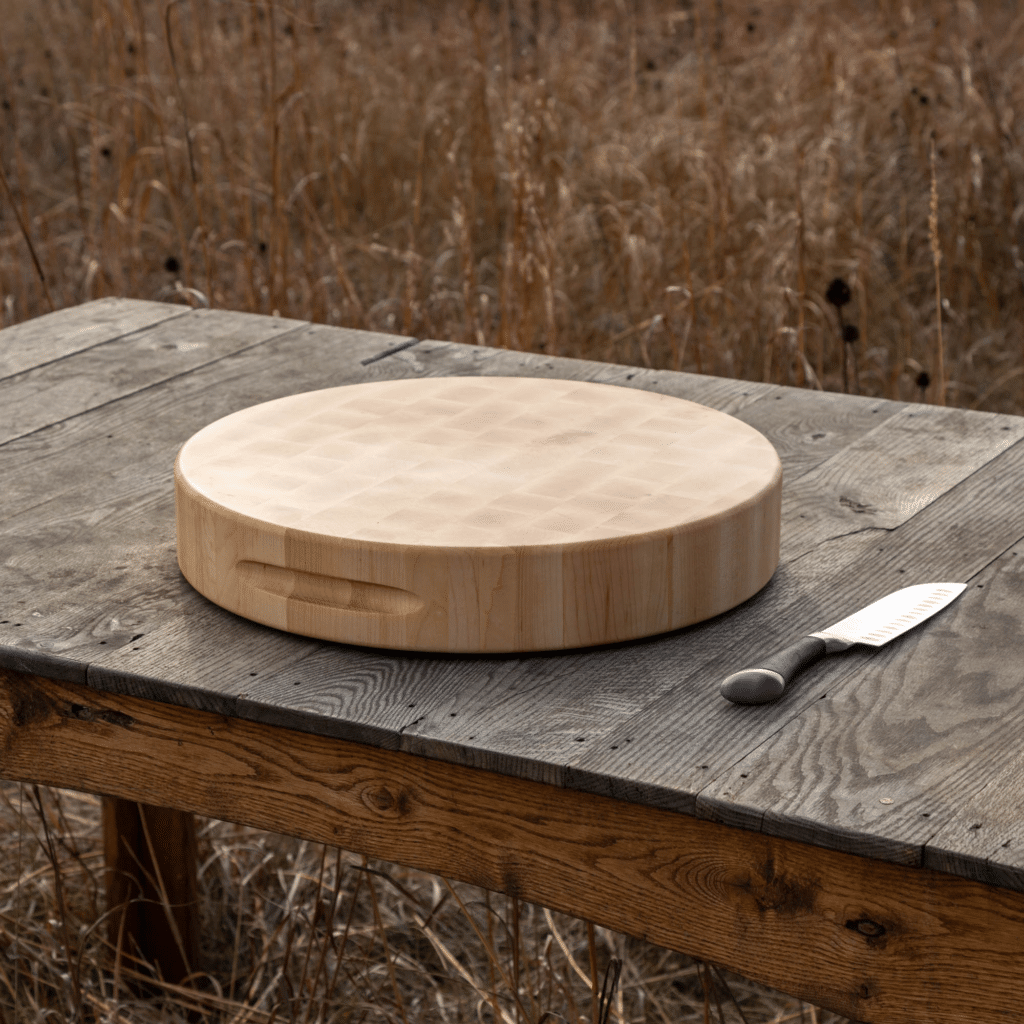
On the other hand, a smaller board is easier to maneuver and store, making it a convenient option for everyday use. While it may not be suitable for extensive meal preps, a smaller cutting board can be a versatile tool for quick chopping tasks. Additionally, smaller boards are often more lightweight and easier to clean, making them a practical choice for busy home cooks.
Ultimately, the size of your butcher block or cutting board should align with your cooking habits and kitchen space. By understanding the different size options available and their impact on functionality and durability, you can make an informed decision that enhances your culinary experience.
Understanding Thickness Options for Butcher Blocks and Cutting Boards
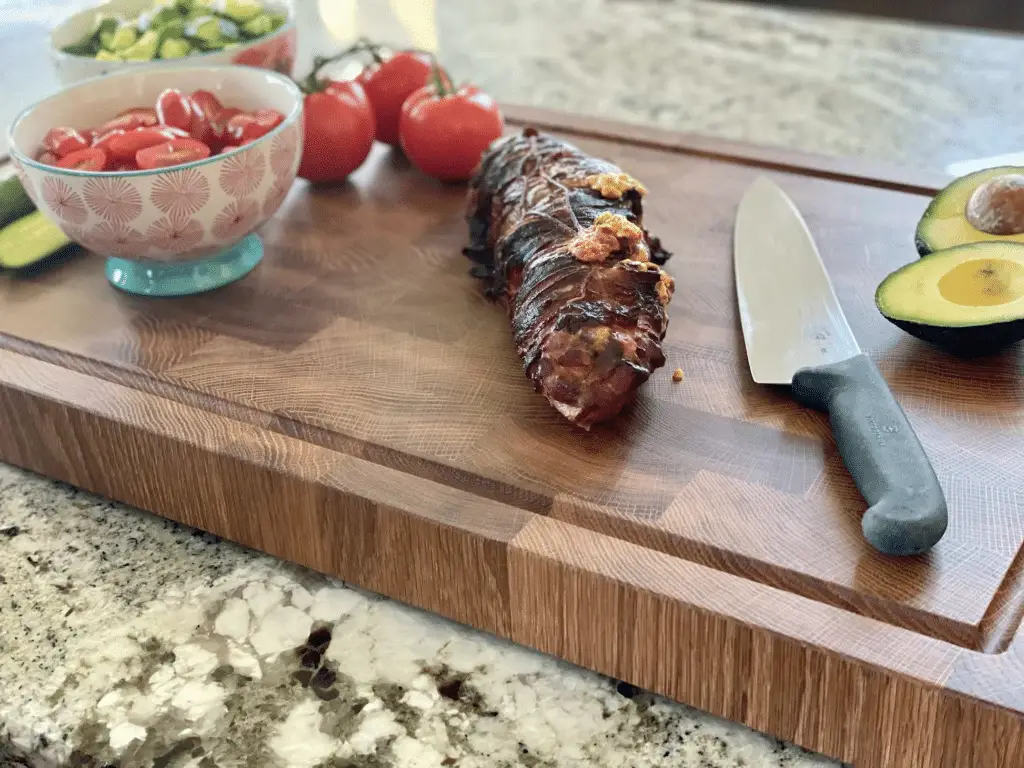
When it comes to selecting the perfect butcher block or cutting board for your kitchen, thickness plays a crucial role in determining its strength, durability, and usability. The thickness of a board can greatly impact its performance and longevity, so it’s essential to understand the different options available in the market and how they correlate with your cutting needs.
Impact of Thickness on Strength and Durability

The thickness of a butcher block or cutting board directly affects its strength and durability. Thicker boards are more resilient to heavy chopping and cutting, making them ideal for daily use in a busy kitchen. They are less prone to warping or cracking, ensuring longevity and reliable performance over time. On the other hand, thinner boards may be more lightweight and easier to maneuver, but they may not withstand heavy-duty cutting tasks as effectively.
Common Thickness Measurements and Suitability
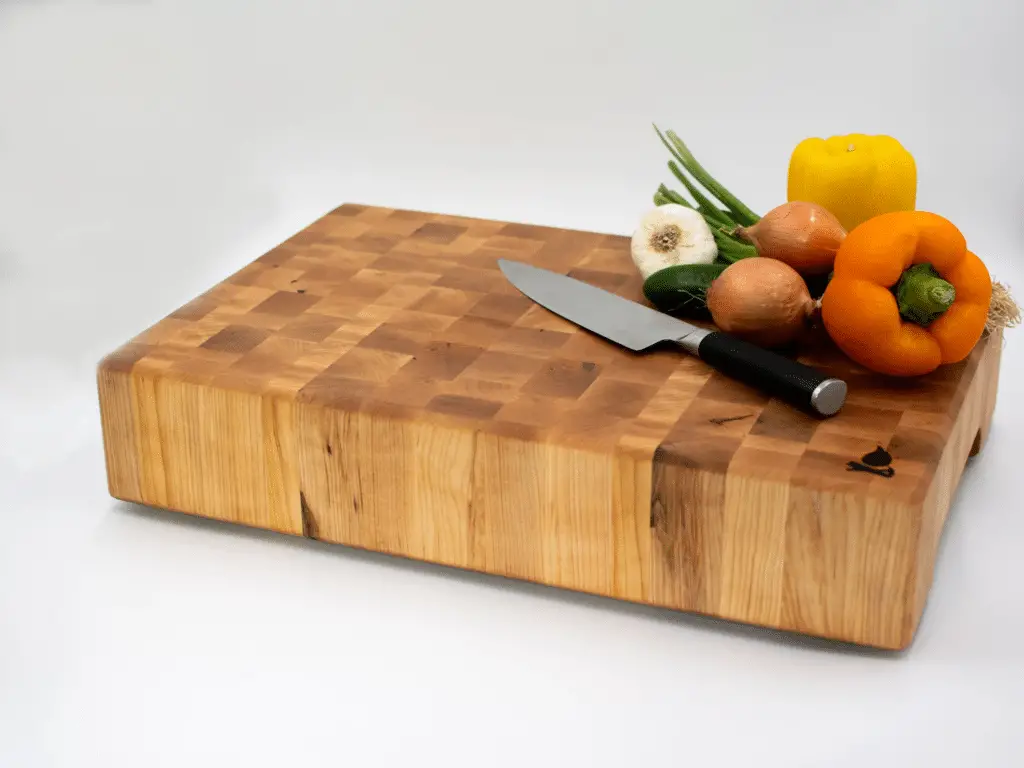
When shopping for a butcher block or cutting board, you will encounter a variety of thickness measurements in the market. The most common thickness options range from 1 to 3 inches, with variations in between. Here are some general guidelines to help you choose the right thickness for your cutting needs:
- 1 inch: Ideal for lightweight cutting tasks and occasional use.
- 1.5 inches: A versatile option suitable for everyday chopping and slicing.
- 2 inches: Recommended for heavy-duty cutting and chopping, perfect for commercial kitchens.
- 3 inches: Offers maximum durability and strength, suitable for professional chefs and butchers.
It’s important to consider the type of food preparation you typically engage in and choose a thickness that aligns with your cutting habits. If you frequently handle large cuts of meat or tough vegetables, opting for a thicker board will ensure that it can withstand the demands of your cooking routine.
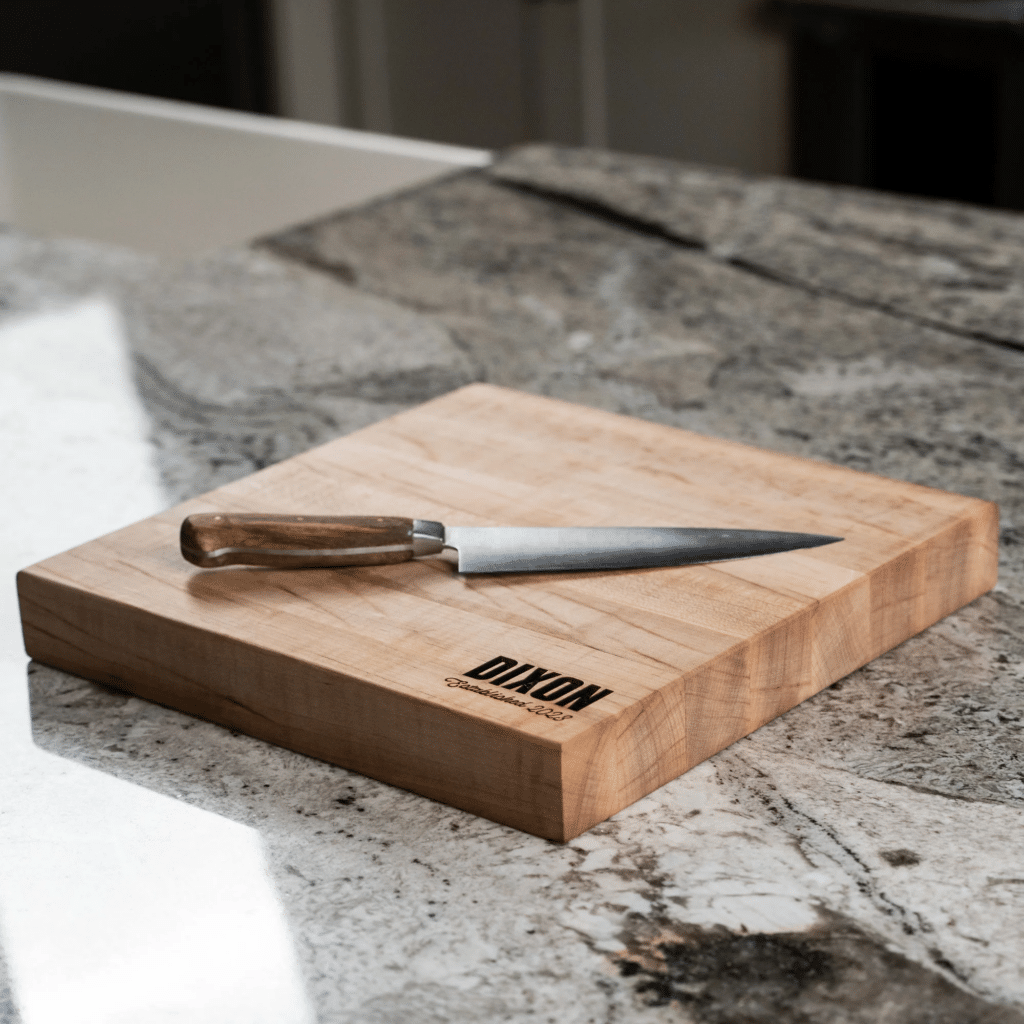
Additionally, the size of your kitchen space may also influence your decision regarding thickness. If you have limited countertop or storage space, a thinner board may be a more practical choice to accommodate your kitchen layout.
By understanding the impact of thickness on the strength, durability, and usability of butcher blocks and cutting boards, you can make an informed decision that aligns with your cooking needs and kitchen requirements.
How to Choose the Right Size and Thickness for Your Needs
When it comes to selecting the perfect butcher block or cutting board for your kitchen, size and thickness play a crucial role. The right size and thickness can make a significant difference in your culinary experience, so it’s essential to consider several factors before making your decision.
Kitchen Space and Layout
One of the primary factors to consider when choosing the size and thickness of your butcher block or cutting board is your kitchen space. If you have a small kitchen with limited counter space, opting for a smaller board may be more practical. On the other hand, if you have ample room to work with, you can choose a larger board that will provide more surface area for food prep.
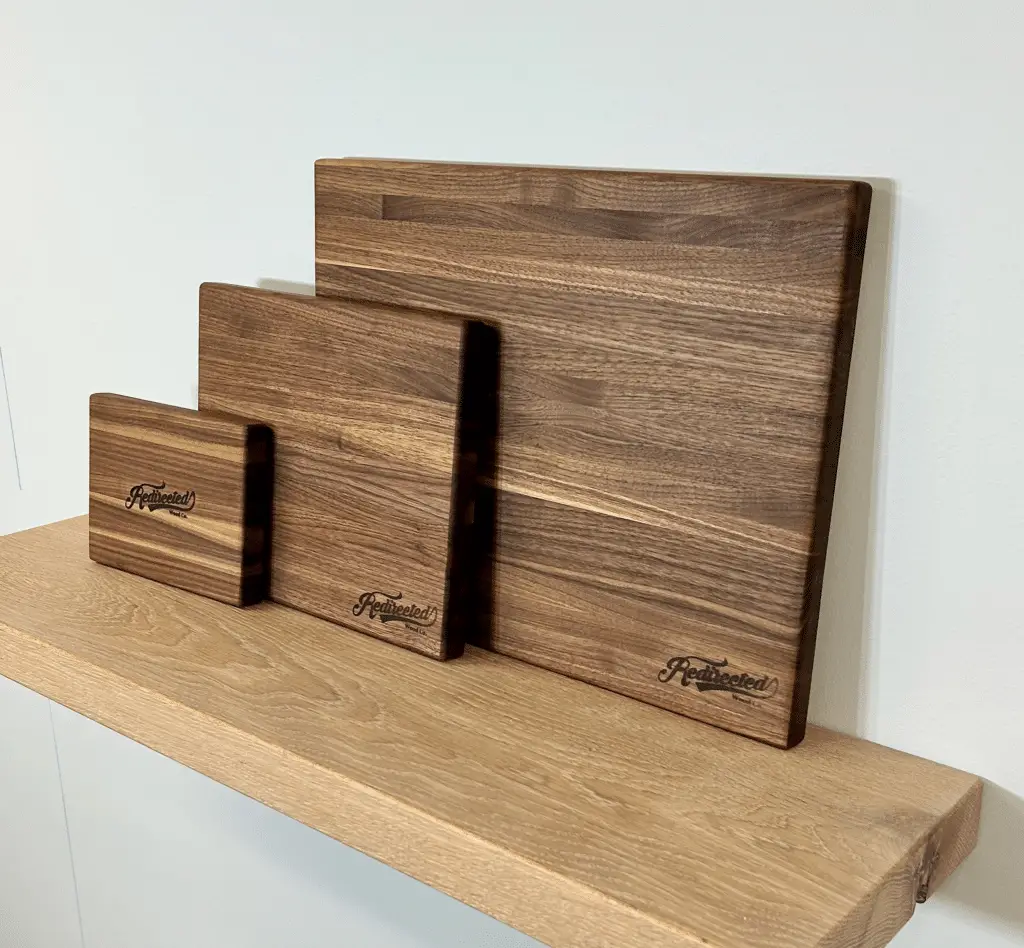
Additionally, consider the layout of your kitchen and how you typically move around while cooking. A thinner board might be more convenient if you need to carry it from countertop to stovetop frequently. In contrast, a thicker board may offer more stability and durability if you do a lot of heavy chopping and cutting.
Type of Food Preparation
Another crucial factor to consider is the type of food preparation you typically engage in. For intricate and delicate tasks like slicing vegetables or cutting fruits, a thinner board may provide more precision and control. However, if you often tackle tougher cuts of meat or poultry, a thicker board can offer more heft and support for heavy-duty chopping.
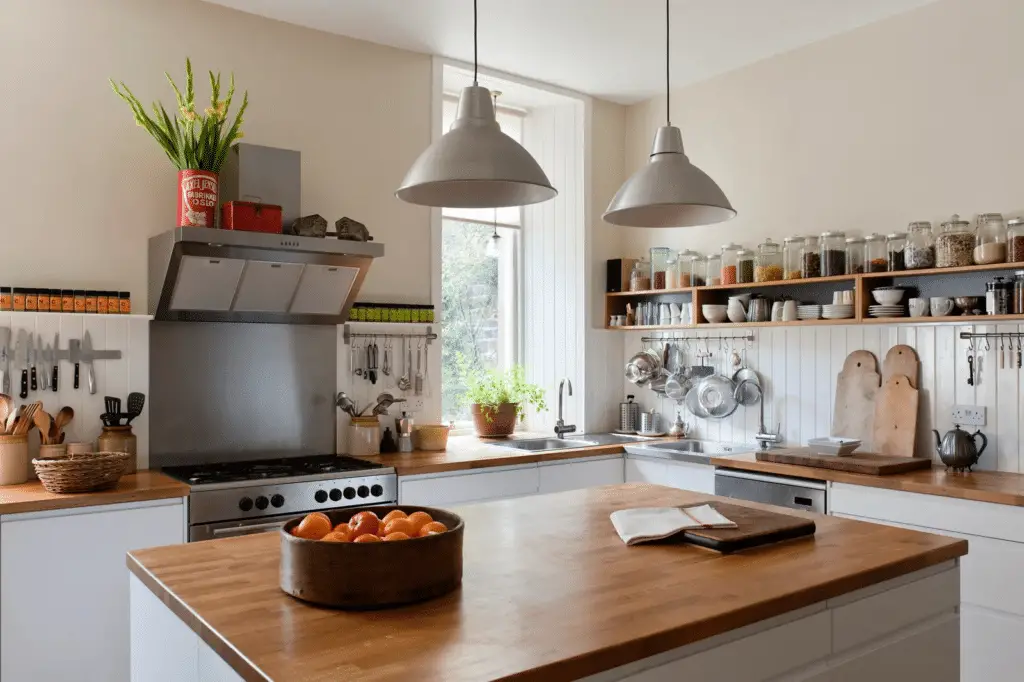
Think about the variety of foods you usually prepare and how the size and thickness of your board will impact your efficiency and comfort during these tasks. Choosing the right size and thickness can enhance your overall cooking experience and make meal preparation more enjoyable.
Professional Advice
While considering factors like kitchen space and food preparation needs is essential, seeking professional advice can also help you make an informed decision. Professional chefs and culinary experts can offer valuable insights into the best size and thickness options for your specific cooking habits and kitchen setup.
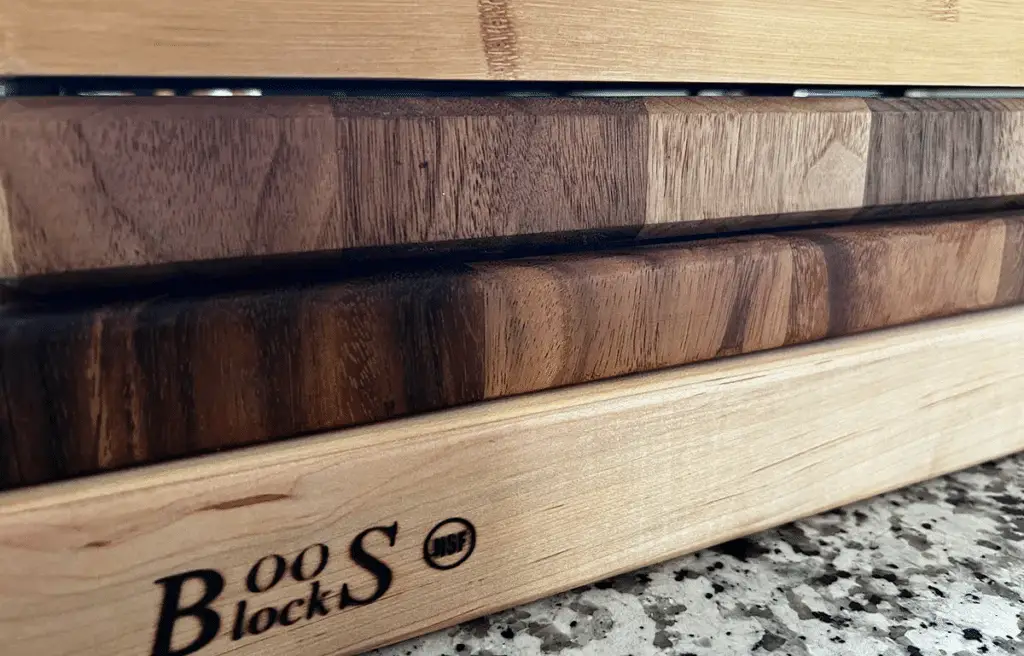
Don’t hesitate to consult with professionals in the culinary industry to get personalized recommendations that align with your needs and preferences. Their expertise can guide you in selecting the ideal butcher block or cutting board that will enhance your cooking endeavors.
In conclusion, selecting the right size and thickness for your butcher block or cutting board involves a thoughtful consideration of various factors. By taking into account your kitchen space, food preparation requirements, and seeking professional advice, you can make a well-informed choice that will elevate your culinary experience.
Maintenance Tips for Butcher Blocks and Cutting Boards
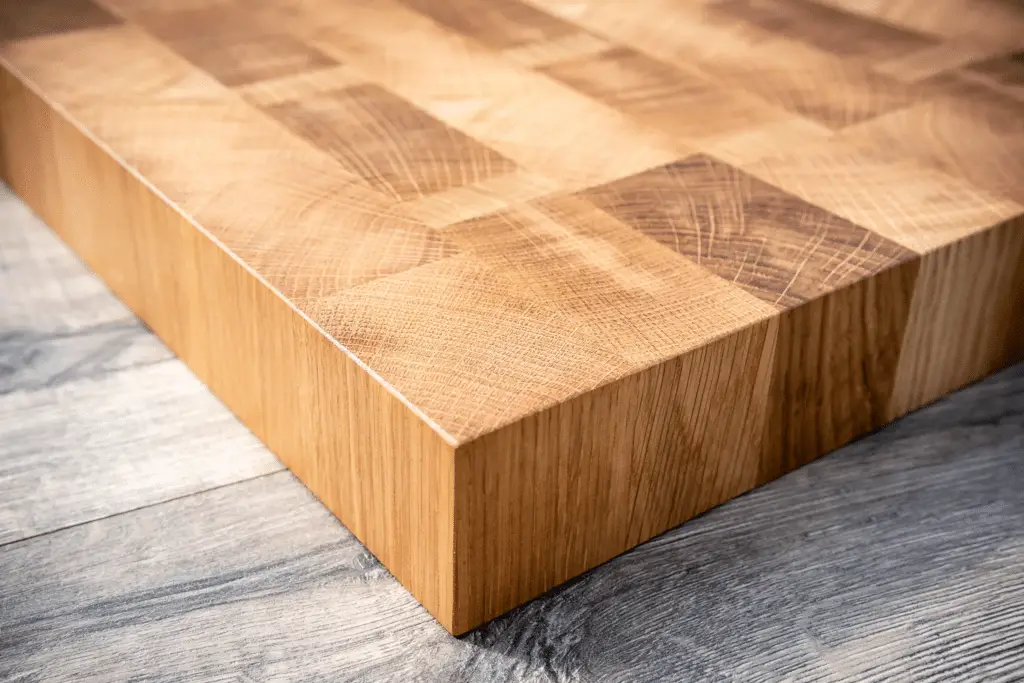
When it comes to caring for your butcher blocks and cutting boards, the size and thickness play a crucial role in determining their maintenance needs and longevity. Proper maintenance not only ensures a clean and safe food preparation surface but also extends the lifespan of your boards. Here are some practical tips to help you maximize the lifespan of your boards, taking into account their size and thickness.
1. Regular Cleaning and Drying
Regardless of the size and thickness of your butcher block or cutting board, regular cleaning is essential to prevent the buildup of harmful bacteria. After each use, wash your board with warm, soapy water and scrub it with a brush to remove any food particles. Make sure to dry your board thoroughly after cleaning to prevent warping and cracking.
2. Oil Treatment
The size and thickness of your board will determine how much oil it needs to keep it moisturized and protected. Use food-safe mineral oil or beeswax to treat your board regularly, especially if it starts to look dry or faded. Thicker boards may require more oil to penetrate through the entire thickness, while smaller boards may need less frequent oiling.
3. Avoid Excess Moisture
Moisture is the enemy of butcher blocks and cutting boards, regardless of their size or thickness. Avoid soaking your board in water or exposing it to excessive moisture for prolonged periods. If your board comes into contact with liquids, dry it immediately to prevent damage.
4. Use Cutting Mats
To preserve the surface of your butcher block or cutting board, consider using cutting mats for particularly messy or juicy foods. Cutting mats can help protect your board from deep cuts and stains, especially if you have a thinner board that is more susceptible to damage.
5. Proper Storage
The size of your kitchen space will influence how you store your butcher blocks and cutting boards. Make sure they are stored in a dry and well-ventilated area to prevent moisture buildup. If you have limited space, consider vertical storage options or hanging racks to keep your boards organized and easily accessible.
By following these maintenance tips tailored to the size and thickness of your butcher blocks and cutting boards, you can ensure they remain in top condition for years to come. Remember that proper care and attention to detail are key factors in maximizing the lifespan of your culinary tools.
Wrapping It Up: Finding Your Perfect Match in Size and Thickness
In a world where size and thickness matter, choosing the right butcher block or cutting board can make all the difference in your kitchen. From understanding the purpose and role to exploring various options, you now have the knowledge to make an informed decision. Remember, the right fit depends on your needs, space, and personal preference. So, whether you go big or small, thick or thin, make sure it feels right for you. Happy chopping! 🍴 #SizeAndThicknessOptions



